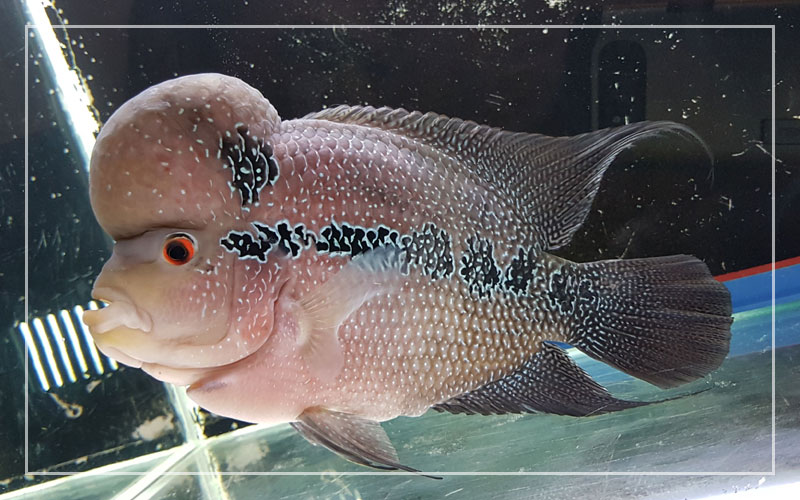Flowerhorn Skin Peeling – Causes and Treatments
Shedding scales or peeling skin is rare, but not unheard of for Flowerhorn cichlids. Maybe you yourself noticed some missing scales in your fish. If that’s the case, you’ve come to the right place! In this article, I’ll cover everything you need to know about peeling fish scales. We’ll go over the causes and solutions. I’ll also cover fish regrowing scales and how long it takes. But first, you might be wondering, is this normal? Is scale shedding something I should be worrying about? Well, to answer your question, we first have to clarify something.
Do Flowerhorns Shed Their Scales?
If you’re wondering whether it’s natural for fish to shed their scales, it’s not! Fish don’t shed their scales under normal circumstances. If you see missing scales on your Flowerhorn cichlids, that’s a sign something’s wrong. Such shedding is unnecessary and always caused by environmental factors (more on this later). Still, it’s a common misconception that all scaly creatures must shed their rough skin to grow. This is true for snakes, for example. So, you might have heard the same about fish. But fish and reptiles are very different, so their scales don’t work in the same way. In fish, the scales don’t impede growth. That’s because they aren’t interconnected and they don’t envelop the skin like in reptiles. Instead, each fish scale grows out of the skin separated from the others. The scales overlap to form a continuous protective layer. When this protective layer is damaged, your Flowerhorns become vulnerable to attacks from other fish, fungus, bacterial infections, and parasites.So, if you see this happening, you need to take action right away!

